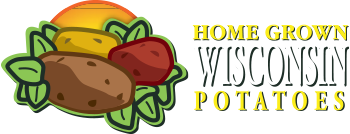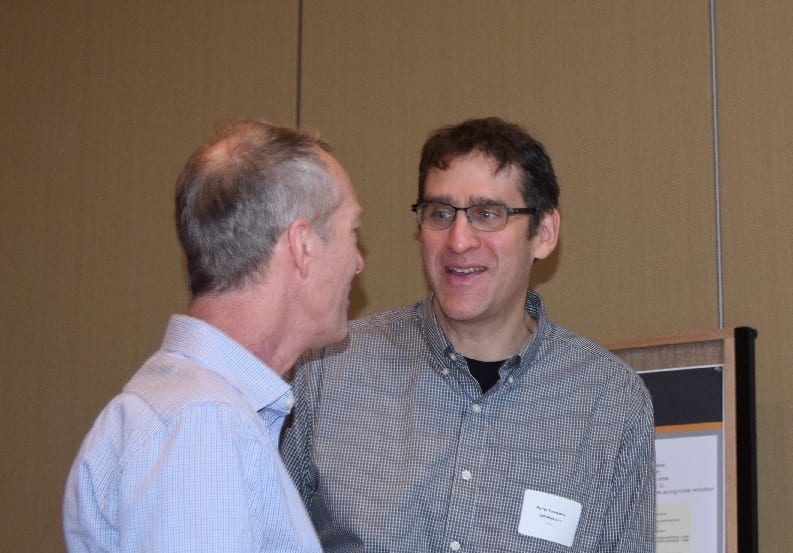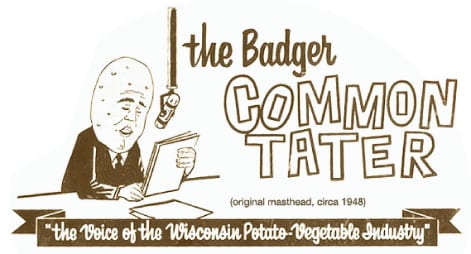By Joe Kertzman, managing editor, Badger Common’Tater

Put simply, Phil Townsend, director of the University of Wisconsin (UW)-Madison Spectroscopy Lab, says remote sensing is measuring something without coming into contact with it.
“So, for us, this means imaging,” he relates. “Actually, any photo with your phone or even what you see with your eyes is ‘remote sensing.’ But from a science standpoint, the imaging we do means ‘making spectral measurements or reflectance of light’ from plants.”
“The sun is our source of illumination,” Townsend says, “and we image in the wavelengths you and I can see, as well as hundreds of wavelengths that the sun emits but we don’t see.”
For potatoes, this means making images, or taking spectral measurements of potato fields to assess plant health, stress and so forth.
Townsend was awarded a grant from the Wisconsin Potato & Vegetable Growers Association for work focusing on two areas—hyperspectral remote sensing for nutrients and disease, and drone-based measurements for nutrient and water management to achieve early predictions of yield.
“After some fits and starts, the drone work is going very well and we feel good that we can predict plant nitrogen status from drones,” he remarks.
“The hyperspectral work, which is done from small airplanes because the sensors are too large and expensive to trust on a drone, has also gone well,” Townsend adds.
“Last year was our first year with the hyperspectral device and it performed as expected. Fortunately, it looks like our methods with the hyperspectral data worked across a wide range of conditions,” he says.


